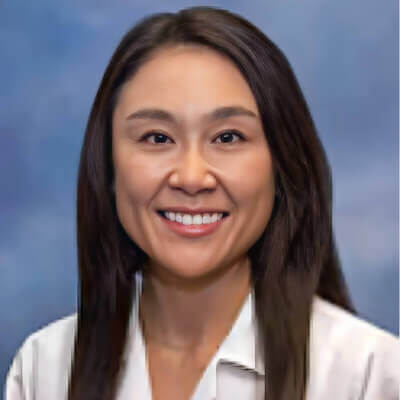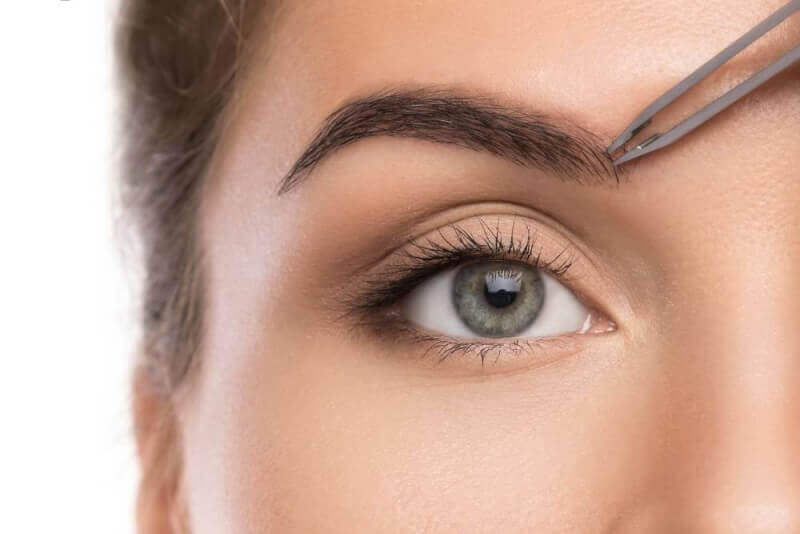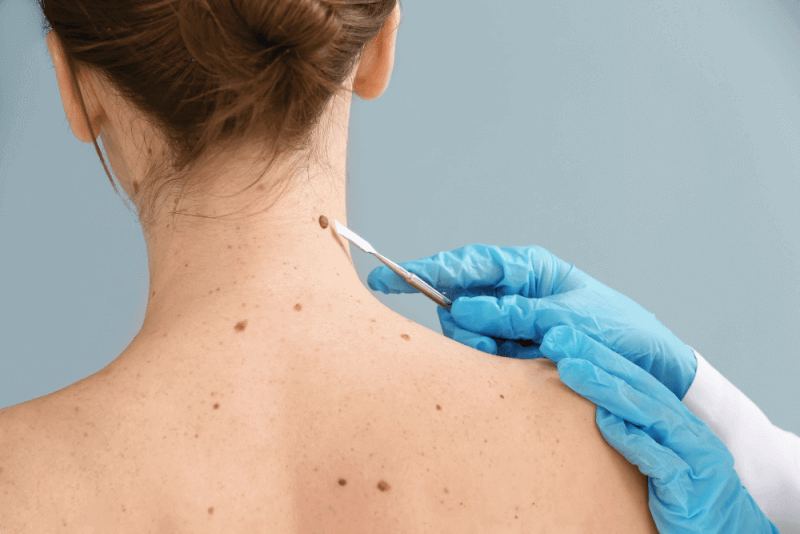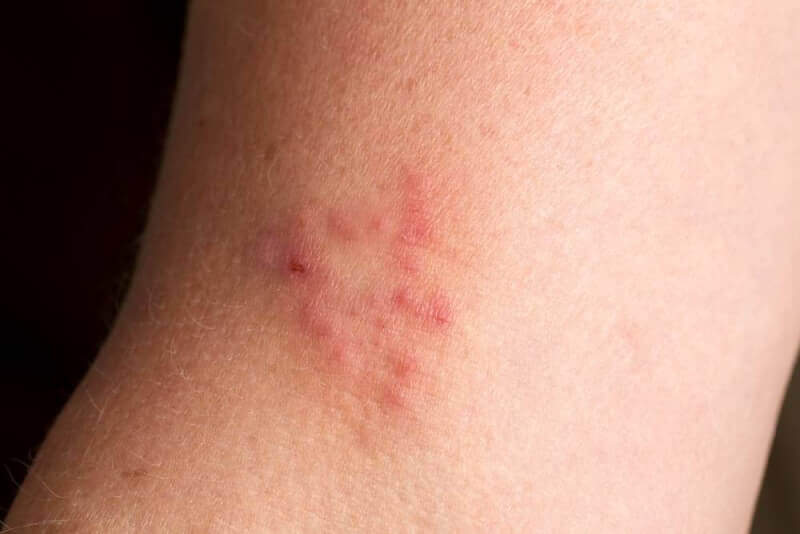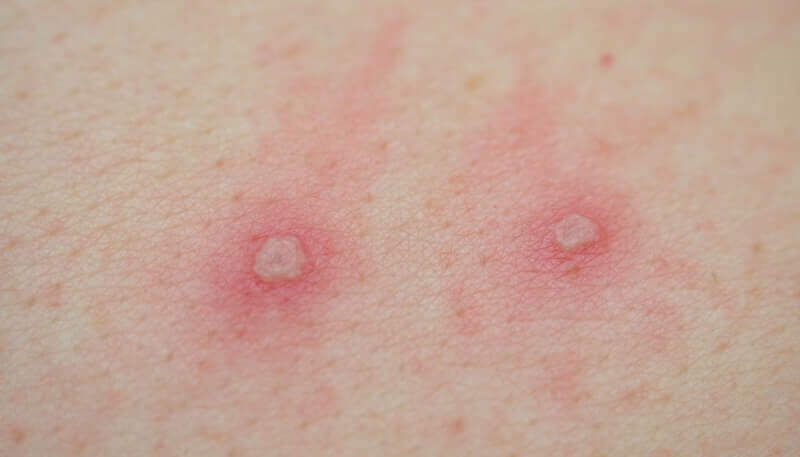What is dermatology (dermatology)?
The easiest definition of dermatology is skin science. It is a field of medicine responsible for the diagnosis and treatment of skin diseases. Dermatologists are physicians who are responsible for diagnosing diseases that occur in the skin, the largest organ, and treating these diseases with various methods.
The dermatology department is also called dermatology. The department specializes not only in diseases of the skin but also of skin appendages such as hair, sweat glands and nails, sexually transmitted diseases and diseases of the mucous membranes of the mouth:
Dermatologists specialize in the following areas:
- General structure of the skin
- Function of the skin
- Protecting skin integrity and health
- Allergic diseases of the skin
- Sexually transmitted diseases
- Infectious diseases
- Hair and nail diseases
- Neoplastic diseases
- Skin manifestations of some metabolic-systemic diseases
Dermatologists have a wide range of knowledge and experience, from common to rare skin diseases. If necessary, they work together with physicians from other disciplines to carry out the necessary treatments.
Since skin diseases occur at any age, from newborn to old age, the patient profile is extremely wide.
What are dermatologic conditions?
Since it is the largest organ of the body, many different diseases can be seen in the skin. Some of these diseases do not pose any danger, while others are life-threatening. In addition, some of the skin diseases cause some images that may cause aesthetic discomfort to the patients.
Among the skin diseases that dermatologists are interested in are the following:
- Sexually transmitted diseases such as genital warts, syphilis and herpes
- Diseases due to physical factors
- Sun allergy
- Skin diseases due to genetic causes
- Excessive hair growth
- Skin diseases caused by systemic diseases
- Excessive sweating
- Skin diseases with psychological causes
- Calluses
- Warts
- Skin diseases due to nutritional disorders
- Skin diseases due to metabolic diseases
- Moles
- Diseases of the lips, mouth and tongue
- Vascular skin diseases
- Nail diseases
- Acne
- Allergic skin diseases
- Itching
- Pigmentation disorders
- Hives
- Infectious and infectious skin rash diseases
- Fungal diseases
- Bullous diseases
- Eczema disorders
- Behcet's disease
- Hair diseases
- Psoriasis, lichen and similar dermatitis
Diagnosis and treatment methods in dermatology
Since dermatologists diagnose and treat many different diseases, there are many different diagnostic and treatment methods used in dermatology. Other disciplines are also utilized in the diagnosis and treatment methods used in some diseases. Among the most commonly used diagnosis and treatment methods in the field of dermatology are the following.
Skin biopsy
It is a procedure performed to confirm the diagnosis of suspected skin diseases. In this procedure, a tissue sample is taken from the problematic area under local anesthesia and this sample is examined under a microscope in a laboratory environment.
Dermotoscopy
Another method used for diagnosis in dermatology is dermotoscopy. The points examined by dermotoscopy, which is also an examination technique, include moles, non-pigmented lesions, skin tumors, abnormal structures in the skin, blood vessels and parasites.
Body mole scan
It is possible to discover skin cancer at an early stage with body mole screening, which is one of the examinations that not only people with health problems but also healthy people should have at regular intervals.
Allergy tests
It is a test to determine what people with suspected allergies are allergic to and its severity. It is applied in two different ways: prick, also called puncture test, and patch, also called patch test.
Cryotherapy
It is a treatment method used in the treatment of skin lesions. In this method, the lesions are frozen with liquid nitrogen at -196 degrees Celsius. Genital warts, skin cancer, sun spots and calluses are among the diseases it is especially applied to.
Electrocauterization
Another method used in the treatment of skin lesions is electrocauterization. In this treatment method, tissue damage is caused to the skin for therapeutic purposes. This is where electric current is used. In some cases, it is a treatment method used to stop bleeding. Among the most common diseases in which the method is used; moles, pyogenic granuloma, hyperplasia and Seborrheic keratosis.
Phototherapy
Phototherapy, also called light therapy, is one of the treatment methods used in the treatment of itching of unknown cause, psoriasis and vertigo diseases.
Dermocosmetic procedures
With the development of aesthetic perception in today's society, the number of people applying to dermatology for dermocosmetic procedures is increasing day by day. Although these procedures applied by dermatology specialists are also commonly applied by non-specialists, it is a legal obligation to perform the specified procedures by dermatology specialists for the safety of patients. Dermocosmetic procedures are basically the procedures performed with the aim of making the skin healthier and more beautiful. Dermocosmetic procedures include the following:
- Diagnosis of skin problems: There are many skin care products on the market. Some of these products have a negative effect on the skin. In addition, factors such as sun, weather conditions, nutritional errors and age also cause the health of the skin to be negatively affected. For this reason, whatever the treatment method, skin problems must first be diagnosed and the factors that cause these problems must be determined.
- Cosmeceutical product consultancy: Even if there is no skin problem, the skin must be kept clean and cared for continuously in order to maintain skin health. For this, various cosmetic products are used. The correct selection and application of these products is key. At the point of selecting these products, dermatologists make the most appropriate recommendations for the patients' skin and this is called cosmeceutical product consultancy.
- Chemical peeling applications: Spots and color differences on the skin surface cause the skin to look unhealthy. This situation also causes deterioration of the aesthetic appearance. Chemical peeling is a process that allows the deep layers of the skin to peel and color inequalities to disappear. More than one chemical agent is applied to the skin in chemical peeling procedures. These procedures, which should be performed by dermatologists, are particularly successful in treating lesions.
- Jessner pelling: This peeling, which is applied with a special solution called Jessner, is also a treatment method applied to remove blemishes and equalize skin tone.
- TCA peel: It is a procedure applied with the use of trichloroacetic acid solutions. It provides controlled peeling of the desired layer of the skin. With this procedure, dead tissue is removed from the skin as well as roughness and blemishes are eliminated.
- Glycolic acid peeling: Glycolic acid, which makes the skin smooth and clearer, is one of the non-toxic alpha hydroxy acid members.
- AFA peeling: It is a type of peeling applied to patients with wrinkle problems. While the appearance of wrinkles is prevented with AFA peeling, it is also possible to prevent new wrinkles. In addition, it is one of the treatment methods used in acne treatment.
- Amelan peeling: Amelan peeling, which eliminates pigmentation problems on the skin, also helps to lighten the skin tone.
- Treatment of skin blemishes: There are many causes of skin blemishes. These often include sun, acne and pregnancy. Various techniques are used to treat these spots depending on the cause. The common name of these techniques is skin spot treatment.
- Wrinkle treatment: Dermatologists are also involved in the treatment of wrinkles caused by repetitive facial expressions, sun rays, malnutrition and age. When it comes to wrinkle treatment, there are several different treatment options. Within these treatment options, the necessary method or methods are determined by taking into account factors such as the severity of wrinkles, the patient's age and skin type.
- Injections of filler material: While it is one of the wrinkle removal methods, it also allows minor revisions to be made on the face.
In which cases should you consult a dermatologist?
Dermatologists are consulted for skin, hair and nail problems. In addition, it may be necessary to consult a dermatologist for sexually transmitted diseases and procedures to be performed to beautify the aesthetic appearance. Although a significant portion of the population, especially when it comes to procedures performed with aesthetic concerns, apply to various cosmetic centers, benefiting from the knowledge and experience of dermatology specialists in applications that require attention in terms of human health, such as chemical peeling or filling applications, will help prevent undesirable health problems.










